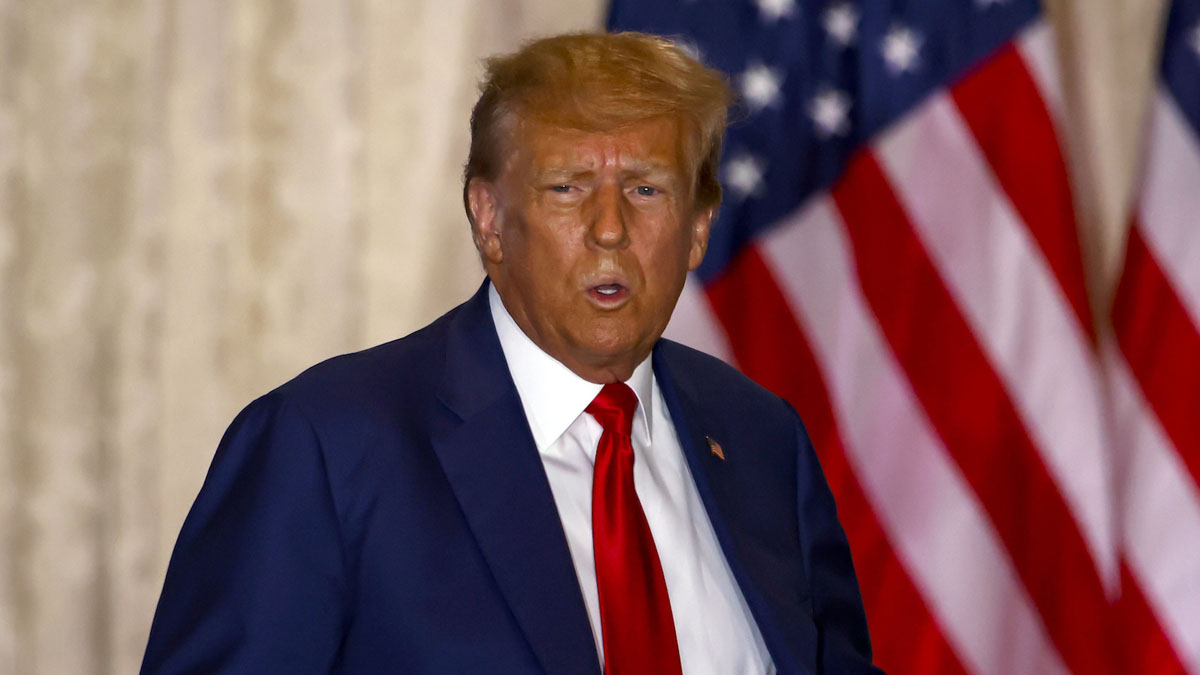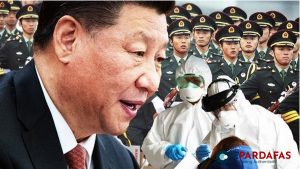
Trump Announces Tariffs on Mexico, Canada, and China Amid Drug Trafficking Concerns
President Donald Trump plans to impose tariffs on imports from Mexico and Canada starting Tuesday, while doubling the existing 10% tariff on Chinese goods. The decision follows Trump’s claims that illicit drugs, including fentanyl, are being smuggled into the United States at “unacceptable levels,” with the tariffs intended to pressure countries into tightening their anti-trafficking efforts.
In a Truth Social post on Thursday, Trump announced that a 25% tariff would be levied on imports from Mexico and Canada. Canadian energy products such as oil and electricity would face a lower 10% tariff. He also confirmed that the universal tariff on Chinese imports would increase to 20% starting March 4.
The announcement triggered a sharp 1.6% drop in the S&P 500 index, leaving the market just 1.4% higher than after Trump’s November election victory. Critics argue that tariffs are largely borne by consumers and businesses, though Trump dismissed these concerns, calling them a “myth.”
Mexico and Canada have emphasized their ongoing efforts to combat drug trafficking. Mexican President Claudia Sheinbaum expressed optimism about reaching an agreement to avoid the tariffs, while Canadian Prime Minister Justin Trudeau highlighted his country’s investment of over 1 billion Canadian dollars in border security. Canada also threatened retaliatory tariffs worth $30 billion on U.S. products, with an additional $125 billion set to follow three weeks later.
Trump’s broader trade policy also includes reciprocal tariffs, set to take effect on April 2, matching taxes imposed by other countries on American goods. Additionally, he plans to remove exemptions on 2018 steel and aluminum tariffs and introduce new taxes on copper imports, autos, computer chips, and pharmaceutical drugs.
The escalation of tariffs has heightened fears of inflation and economic slowdown. The Conference Board reported a significant drop in consumer confidence, with inflation expectations rising from 5.2% to 6% in February. Trade analysts estimate that the new tariffs could cost U.S. consumers between $120 billion and $225 billion annually, with additional tariffs on Chinese goods potentially adding $25 billion.
Despite the potential economic fallout, Trump remains steadfast in his trade strategy, warning that the planned tariffs will proceed unless countries demonstrate significant progress in curbing drug trafficking.













Comments